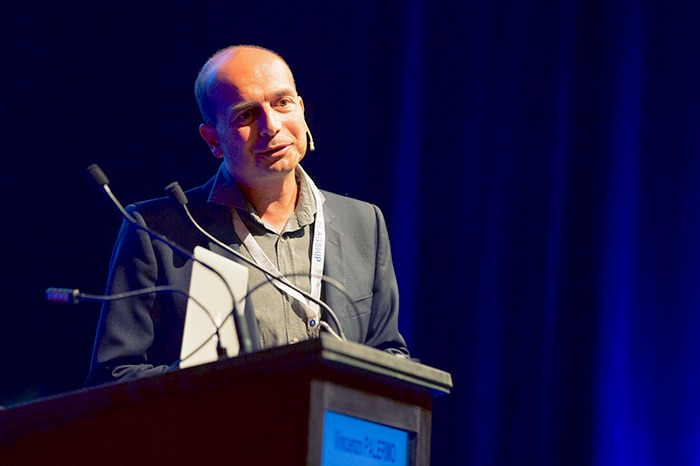
e-mail: direzione @isof.cnr.it
Office phone: +39 051 639 9757
Lab phone: +39 051 639 9853
Vincenzo Palermo is a research director of the CNR Institute for Organic Synthesis and Photoreactivity (ISOF) in Bologna, Italy, and associated professor of Chalmers University of Technology (Sweden). He uses nanotechnology and supramolecular chemistry to create new materials for electronics, aerospace and biomedical applications, collaborating with key industrial partners in Europe (Airbus, FCA, Leonardo, BASF, Nokia, STMicroelectronics etc.). He has been awarded the Lecturer Award for Excellence of the Federation of European Materials Societies (FEMS), the Research Award of the Italian Society of Chemistry (SCI) and the Science dissemination awards of the Italian Book Association. He writes as a columnist for the science magazine SAPERE and has published two books on the life and science of Albert Einstein (Hoepli, Milano, 2015) and of Isaac Newton (Hoepli, Milano, 2016).
Scientific interests
| SUPRAMOLECULAR CHEMISTRY | SURFACE SCIENCE | MATERIALS SCIENCE |
| COMPOSITES | NANOTECHNOLOGY | CARBON ELECTRONICS |
| AEROSPACE |
Recent Publications
Sensing of ions using machine learning and 2D-3D composite materials
Sensors and Actuators B: Chemical (2025). https://doi.org/10.1016/j.snb.2024.137194

Graphene-based filters for customized drinking water purification
Nature Water volume 3, 369–371 (2025). https://doi.org/10.1038/s44221-025-00427-6
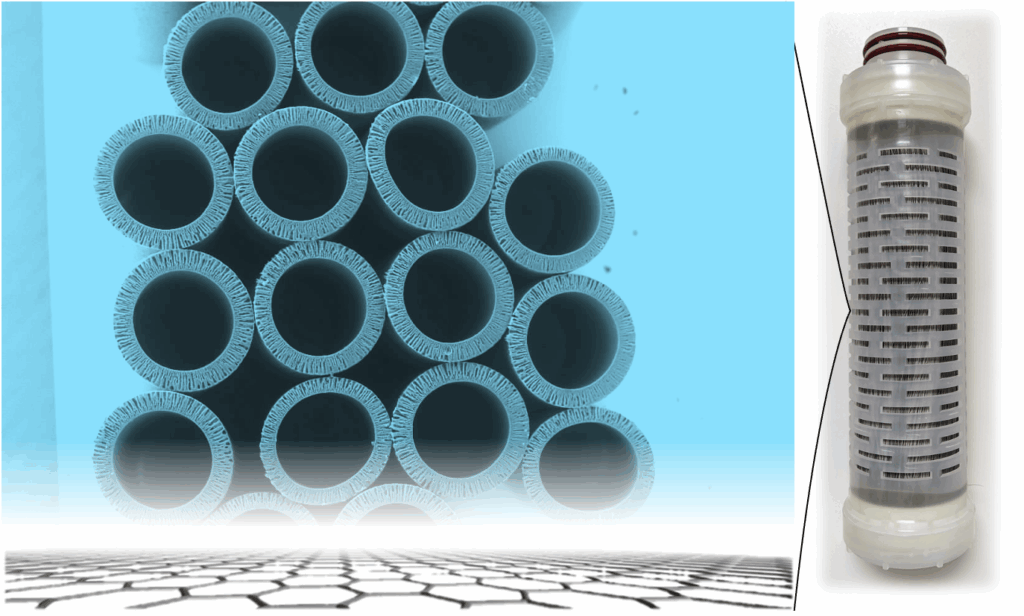
Nature Nanotechnology (2024). https://doi.org/10.1038/s41565-024-01711-4
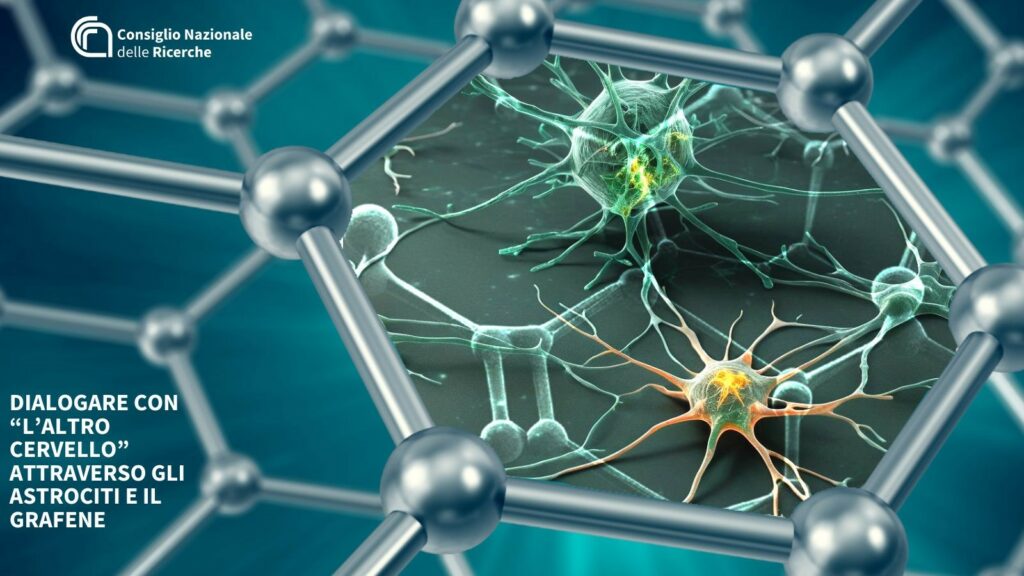
Materials Today Chemistry 36 (2024) 101936

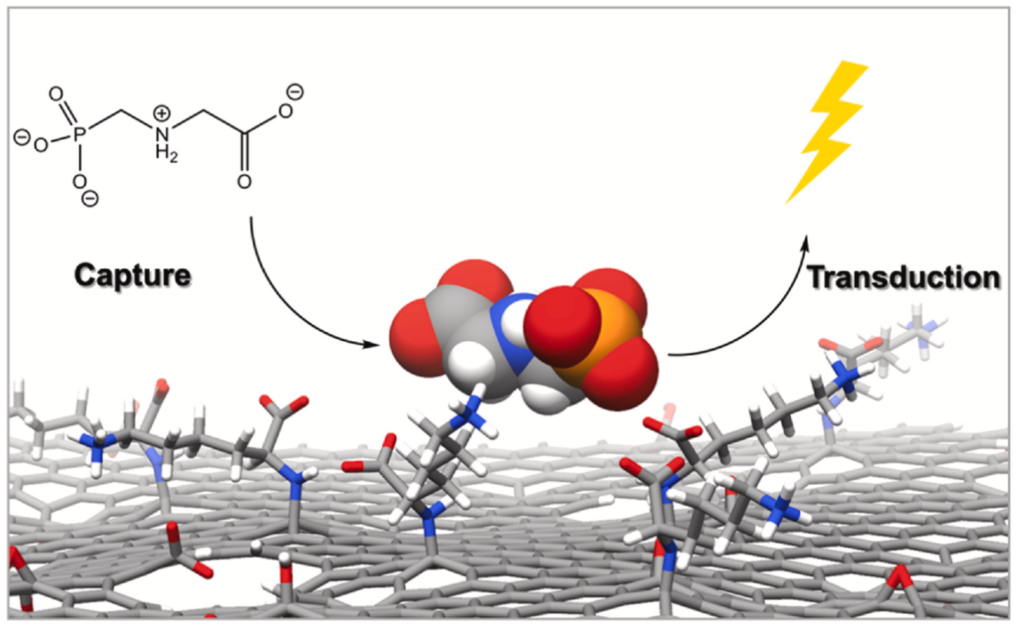
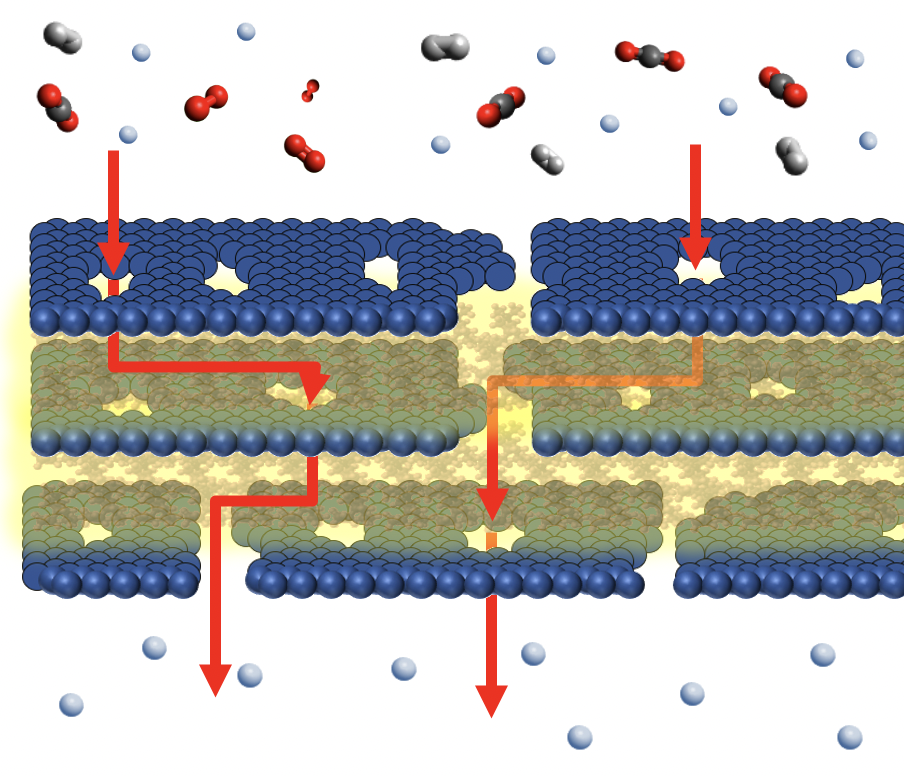
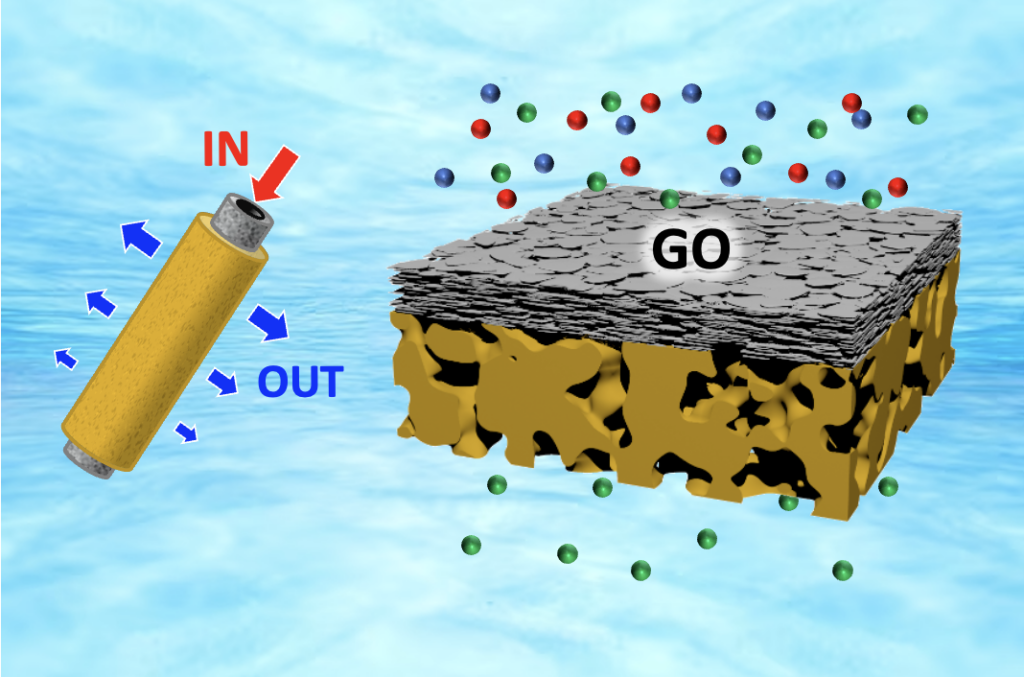
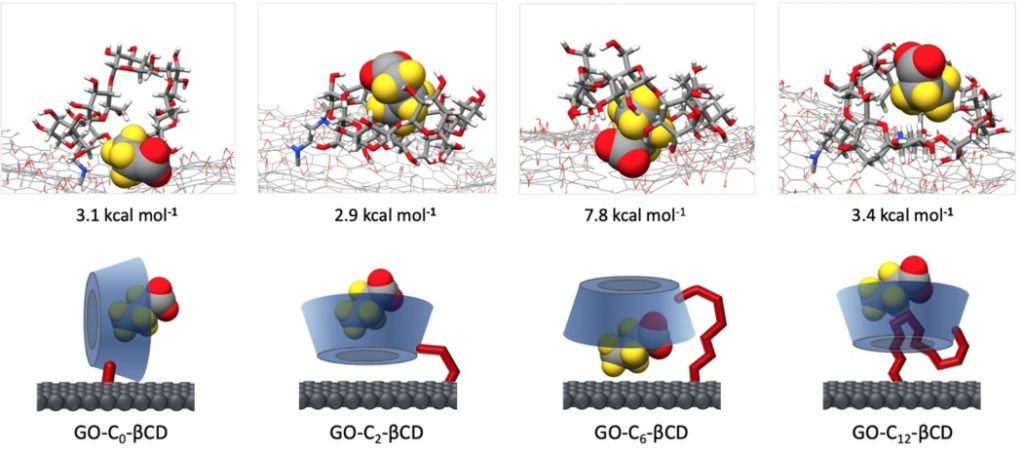
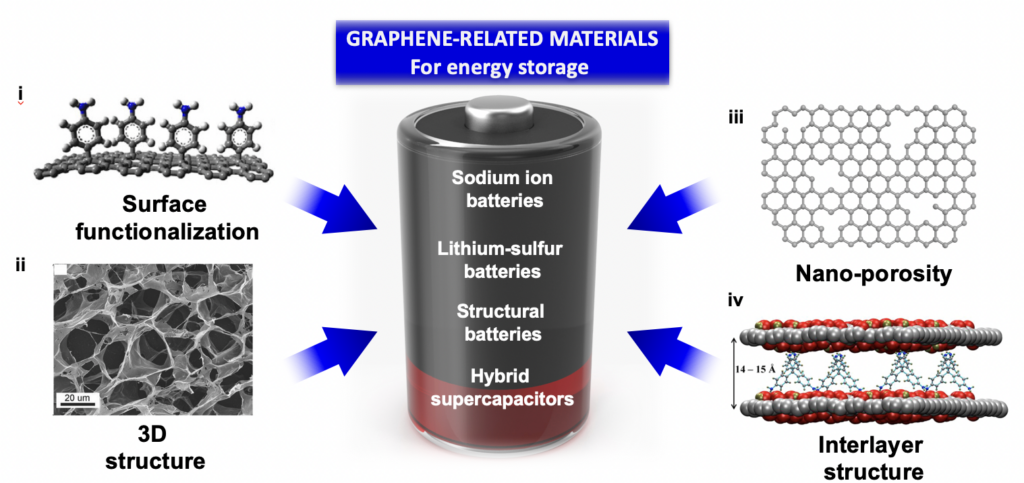
Chem. Commun., (2023) 59, 2571. This article is part of the themed collection: Celebrating 10 years of ChemComm Emerging Investigators.
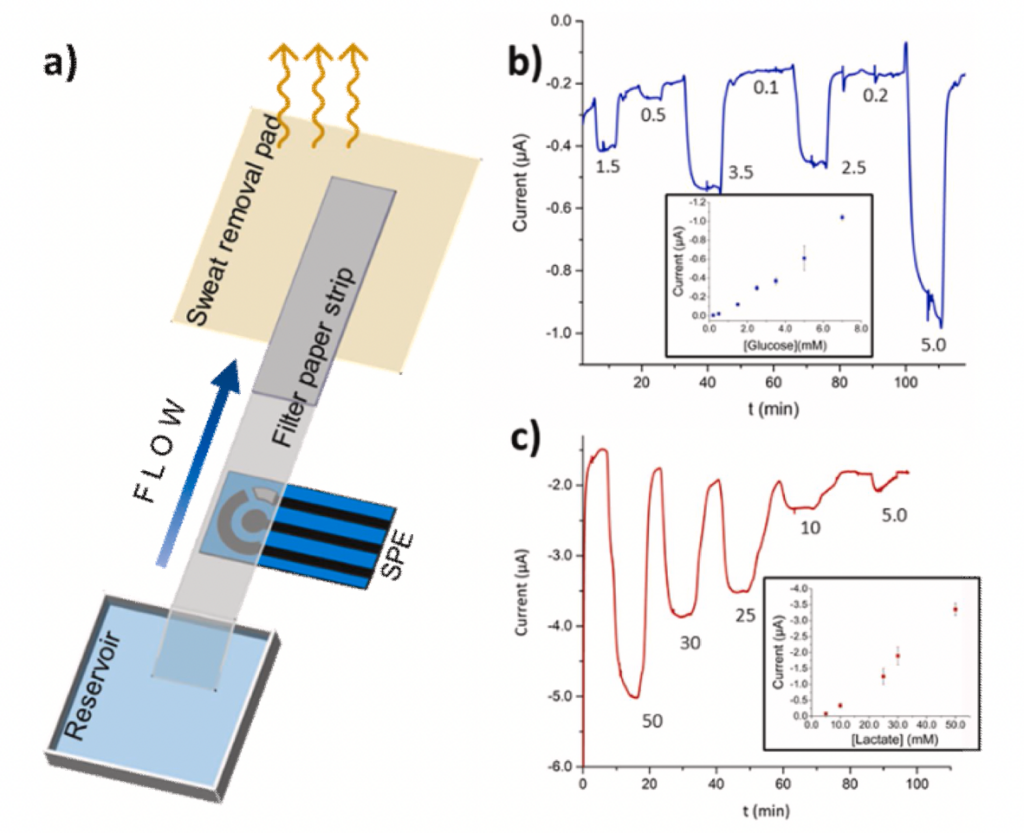
Sensors and Actuators B: Chemical – Volume 344, 1 October 2021, 130253

Adv. Funct. Mater. 2021, 2107941

Small 2022, 2106403
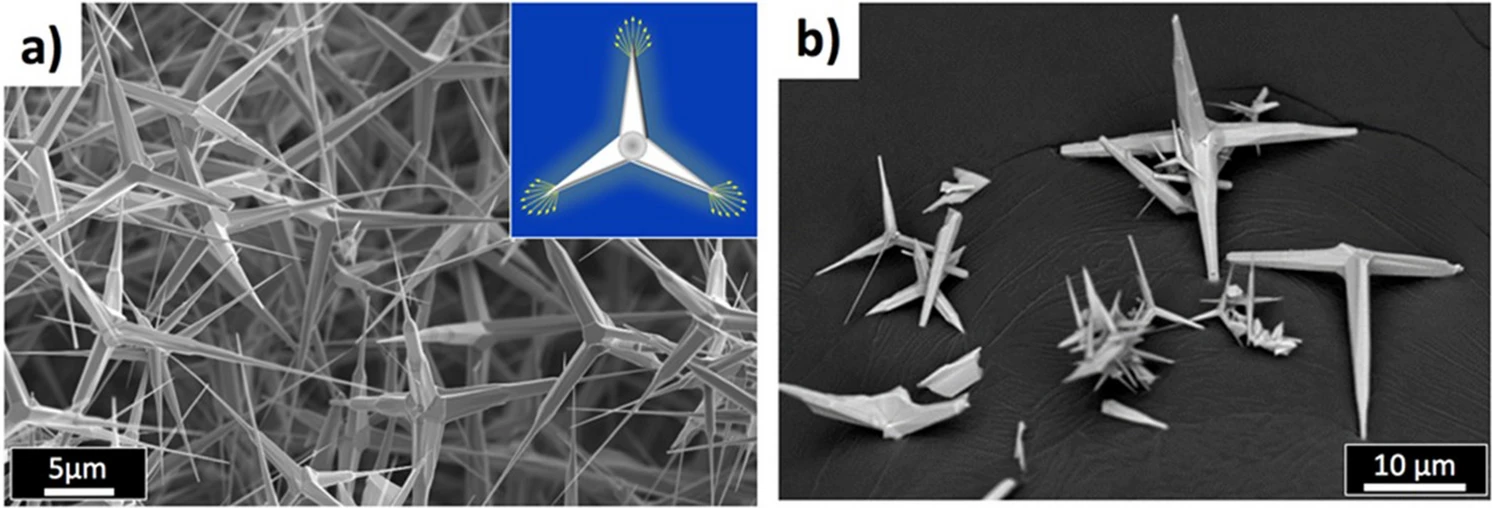
Scientific Reports volume 12, Article number: 6035 (2022)

Composites Science and Technology, Volume 208, 26 May 2021, 108768
Journal covers
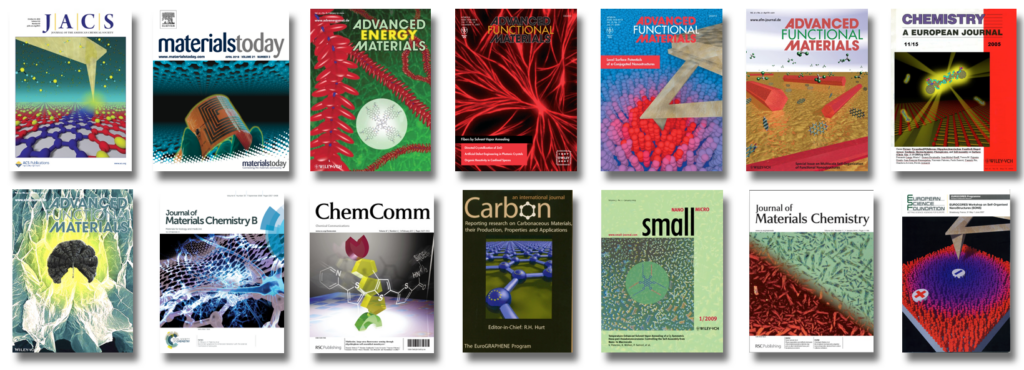
Research Track record
• >220 articles published. Cited >16000 times, h-index=64.
• Awards from the Italian Society of Chemistry, Royal Society of Chemistry, Federation of the European Material Societies.
• Editor for Wiley of a book on Flexible Carbon-based Electronics.
• >70 invited talks at scientific conferences.
Dissemination track record
• Lecturer for science festivals, university and high-school programs, television programs.
• >60 public lectures on science, chemistry, history and nanotechnology, given to general public and to >40 classes of high-school students.
• Columnist since 2014 for the scientific magazine “Sapere”.
• Author of two biographies on A. Einstein and I. Newton.
• Scientific dissemination awards received in 2015-2016-2017.
Leadership track record
• Director of research institute ISOF.
• Coordinator of several European and national research projects (ESF, Marie-Curie actions).
• Supervisor of postdoc, Ph.D. and master students.
• Vice-director and work package leader of the Graphene Flagship project (>150 partners, 10 years duration, 1B€ budget).
See full list of publications of Vincenzo Palermo on:
Books by Vincenzo Palermo
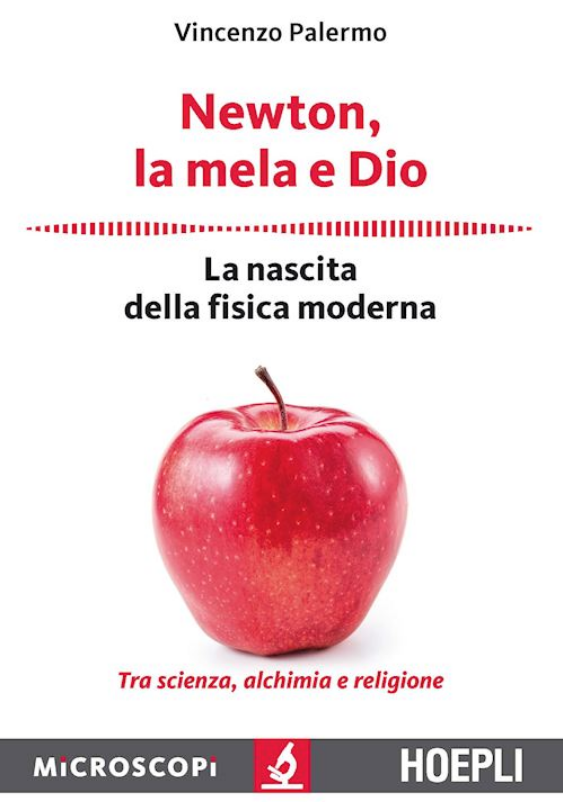
di Vincenzo Palermo | 14 ott. 2016
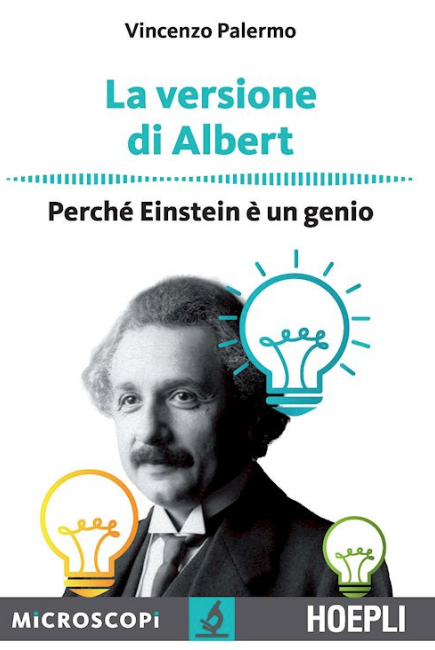
di Vincenzo Palermo | 30 ott. 2015
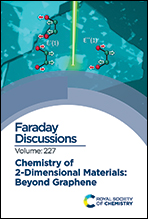
Vincenzo Palermo (editor)
Royal Society of Chemistry, 01 April 2021, Volume 227.
TEDx TALK
Christmasl Lecture 2025
TEDx TALK
A walk through 10 years of graphene applications
Recent posts about Vincenzo Palermo:
-
ECOMONDO Conference: Materials Innovation for the Ecological Transition
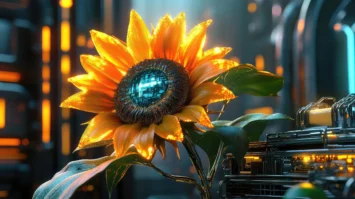
An ISOF researcher, a university professor and the CEO of a start-up discuss future technologies for sustainable materials.
-
CNR collaboration with the Italian Exhibition Group (IEG)

Science dissemination events for the Energy and Environment industries.
-
Tuning Molecular Architecture with Ions
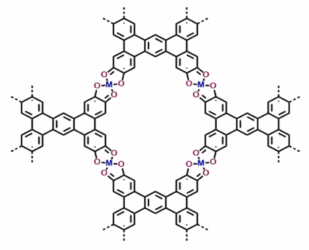
How Metal Choice Shapes the Structure of Coordination Polymers
-
New Method Boosts 2D Materials Performance Using Tiny Folds
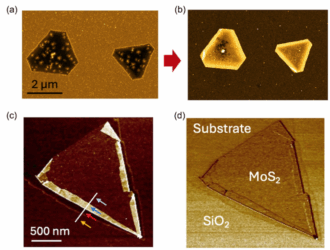
CNR researchers describe simple way to supercharge MoS₂ nanosheets by creating nano-folded edges—100x thicker than the original for clean hydrogen production and better green tech.
-
Academia-Industry Partnership Delivers Breakthrough Water Purification Technology
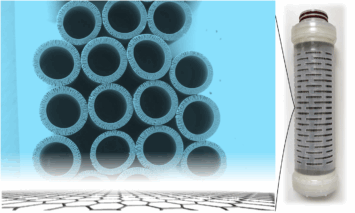
A successful collaboration between ISOF researchers and industry highlighted by Nature Water journal
-
Artificial intelligence for sweat sensors

Nano-materials and machine learning team up in new bio-sensors.

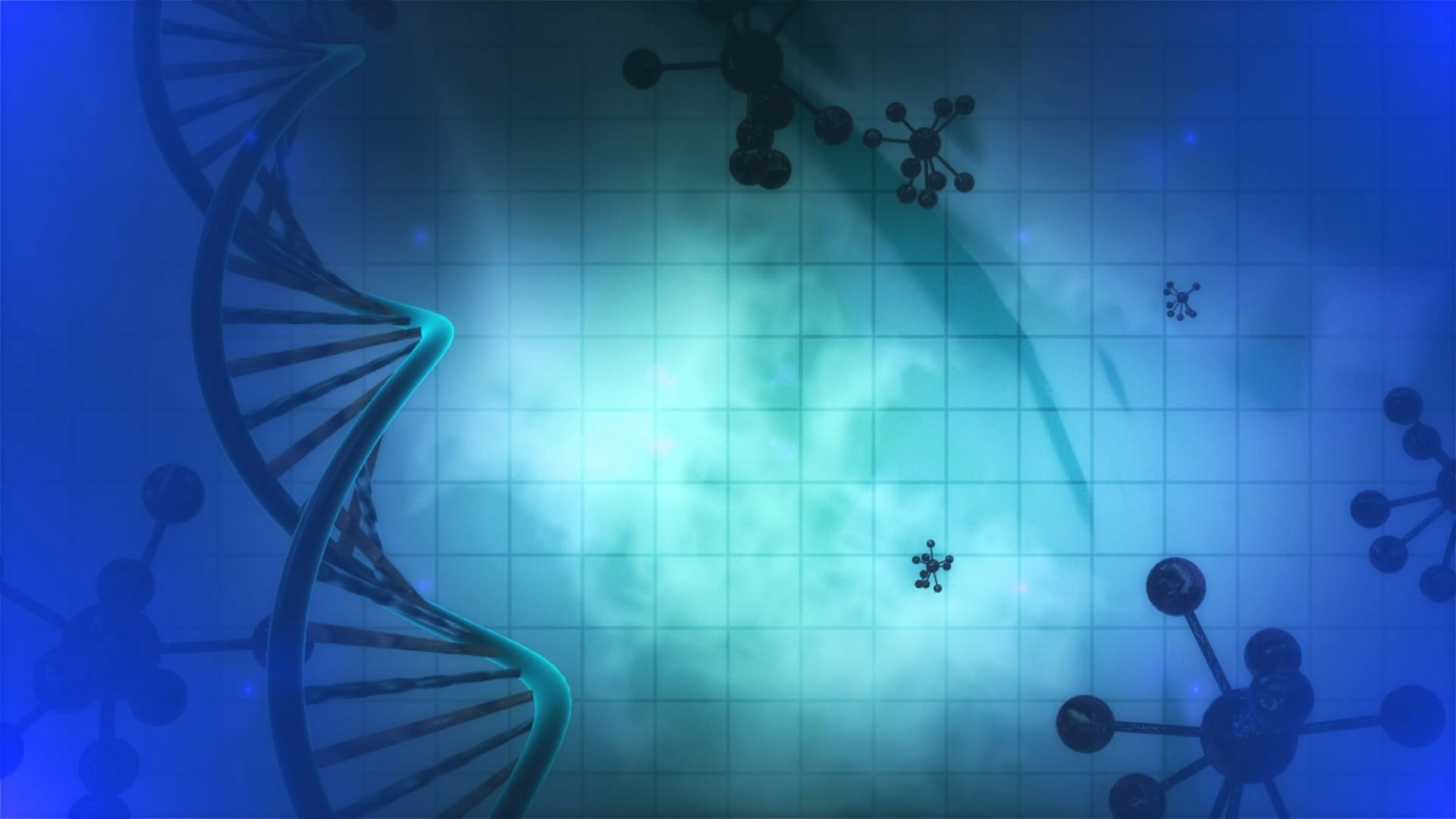




Pingback: Eight ISOF researchers among the top 2% in the world – Institute for Organic Synthesis and Photoreactivity
Pingback: How to catch a Li-ion: new materials for energy Storage – Institute for Organic Synthesis and Photoreactivity
Pingback: Research position in use of Graphene-based electrochemical sensors using Artificial Intelligence – Institute for Organic Synthesis and Photoreactivity
Pingback: Research fellowship on Production and characterization of graphene-based nano-composites – n° ISOF_295_2024_BO – Institute for Organic Synthesis and Photoreactivity
Pingback: Academia-Industry Partnership Delivers Breakthrough Water Purification Technology – Institute for Organic Synthesis and Photoreactivity